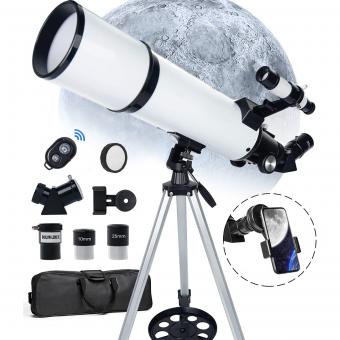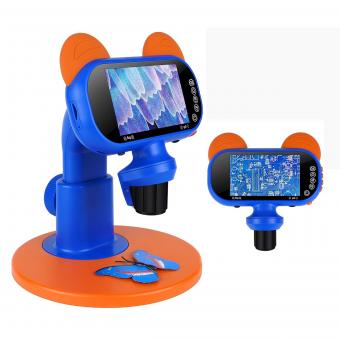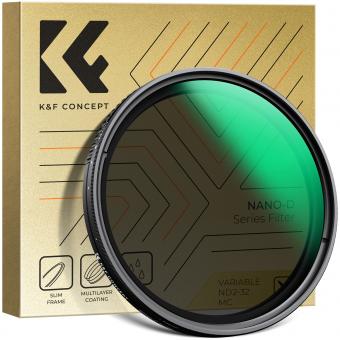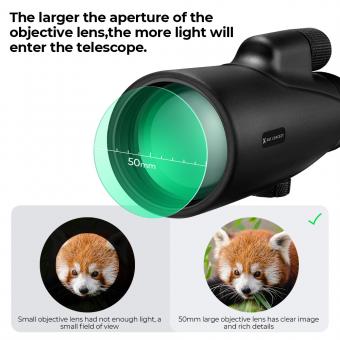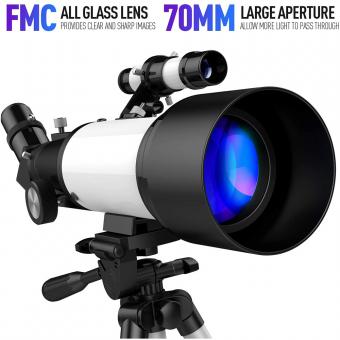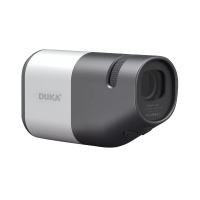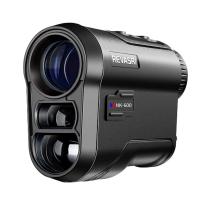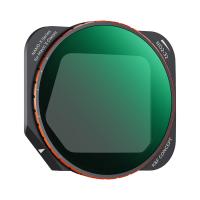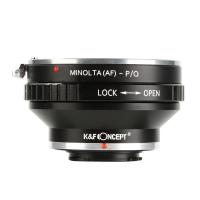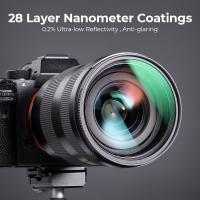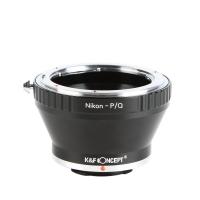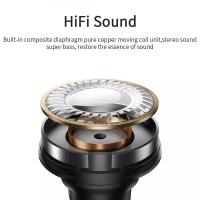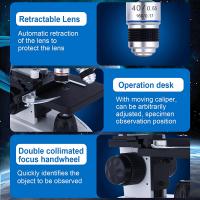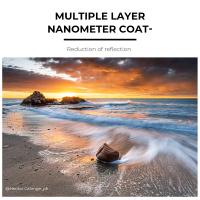What Telescope Can See Galaxies ?
Telescopes that have a large aperture and are designed for deep-sky observations can see galaxies. The Hubble Space Telescope is one of the most famous telescopes that can see galaxies. It has a 2.4-meter mirror and is located in space, which allows it to capture clear images of galaxies without the distortion caused by Earth's atmosphere. Other ground-based telescopes, such as the Keck Observatory in Hawaii, also have large mirrors and advanced imaging technology that can capture images of galaxies. Additionally, amateur astronomers can observe galaxies with telescopes that have an aperture of at least 8 inches and are located in areas with low light pollution.
1、 Aperture size and light gathering power
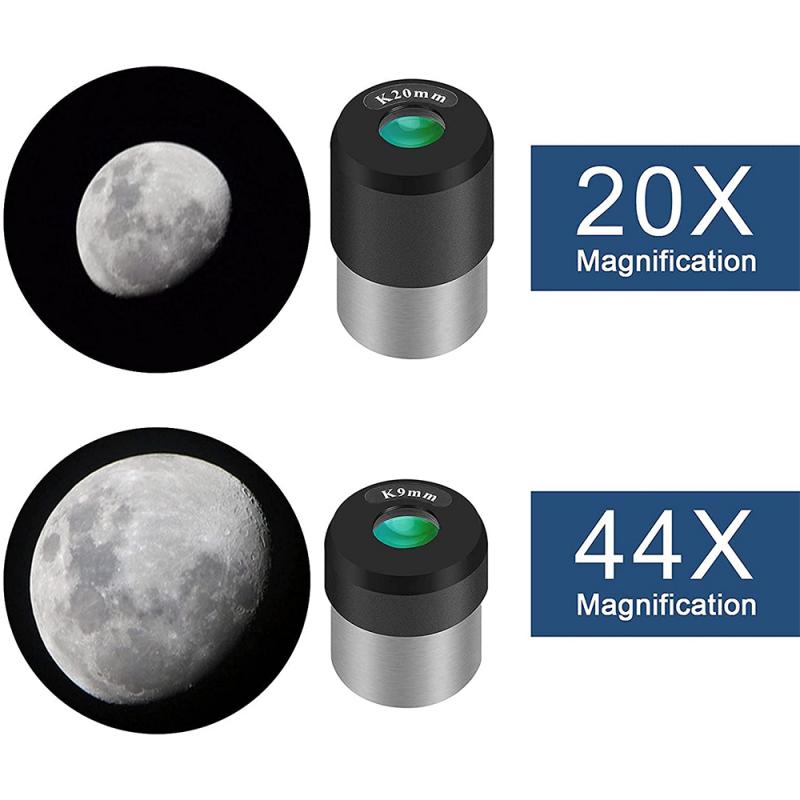
What telescope can see galaxies? Telescopes with larger aperture size and light gathering power are better suited for observing galaxies. This is because galaxies are very distant and faint objects, and require a telescope with a large aperture to collect enough light to make them visible.
The aperture size of a telescope refers to the diameter of its primary mirror or lens. The larger the aperture, the more light the telescope can gather, and the brighter and more detailed the image will be. Galaxies are typically very faint, so a telescope with a large aperture is necessary to collect enough light to make them visible.
In addition to aperture size, the light gathering power of a telescope is also important for observing galaxies. Light gathering power is determined by the size of the telescope's primary mirror or lens, as well as its focal length. A telescope with a larger primary mirror or lens will have greater light gathering power, allowing it to collect more light and produce brighter images.
Recent advancements in telescope technology have allowed for even larger aperture sizes and greater light gathering power. For example, the James Webb Space Telescope, set to launch in 2021, will have a primary mirror with a diameter of 6.5 meters, making it one of the largest telescopes ever built. This will allow it to observe even fainter and more distant galaxies than ever before.
In summary, telescopes with larger aperture size and light gathering power are best suited for observing galaxies. Recent advancements in telescope technology have allowed for even greater capabilities in observing these distant and fascinating objects.
2、 Focal length and magnification

What telescope can see galaxies? The answer to this question is not straightforward as it depends on various factors such as the aperture, focal length, and magnification of the telescope. However, in general, a telescope with an aperture of at least 6 inches (150mm) can see galaxies. The larger the aperture, the more light the telescope can gather, which means it can see fainter objects such as galaxies.
Focal length and magnification also play a role in determining what a telescope can see. A longer focal length will provide higher magnification, but it will also narrow the field of view, making it more difficult to locate objects such as galaxies. On the other hand, a shorter focal length will provide a wider field of view, making it easier to locate objects, but it will also provide lower magnification.
It is important to note that while a telescope with a large aperture can see galaxies, it does not necessarily mean that it will provide a detailed view of them. Galaxies are very distant objects, and even the largest telescopes can only resolve them into fuzzy patches of light. However, with the latest advancements in technology, such as adaptive optics and high-resolution cameras, astronomers can now study galaxies in more detail than ever before.
In conclusion, a telescope with an aperture of at least 6 inches and a moderate focal length can see galaxies. However, the level of detail that can be observed depends on various factors, including the telescope's aperture, focal length, and magnification, as well as the latest advancements in technology.
3、 Optical quality and resolution
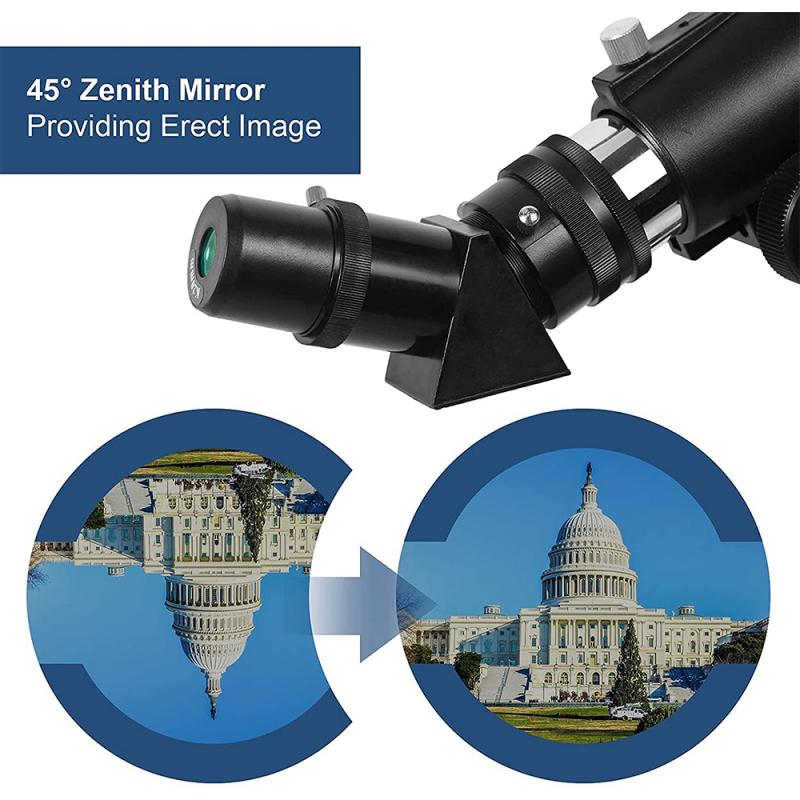
What telescope can see galaxies? Optical quality and resolution are the key factors in determining a telescope's ability to observe galaxies. A telescope with a large aperture and high-quality optics can gather more light and produce sharper images, allowing it to detect fainter and more distant objects.
One example of a telescope that can see galaxies is the Hubble Space Telescope. It has a 2.4-meter primary mirror and is equipped with advanced instruments that can capture images in visible, ultraviolet, and infrared light. Its high-resolution images have revealed countless galaxies, from nearby dwarf galaxies to distant, massive ones.
However, ground-based telescopes can also observe galaxies with impressive detail. The Keck Observatory in Hawaii, for instance, has two 10-meter telescopes that can capture images with a resolution of 0.04 arcseconds. This allows it to study the structure and dynamics of galaxies in great detail, including their rotation, star formation, and dark matter content.
Recent advancements in telescope technology have also led to the development of new instruments that can enhance a telescope's ability to observe galaxies. For example, adaptive optics systems can correct for atmospheric turbulence, producing sharper images. Additionally, multi-object spectrographs can simultaneously observe multiple galaxies, allowing astronomers to study their properties and evolution in greater detail.
In summary, telescopes with high optical quality and resolution, such as the Hubble Space Telescope and the Keck Observatory, can observe galaxies with impressive detail. Advancements in telescope technology continue to push the boundaries of what we can observe and learn about these fascinating objects.
4、 Mount type and stability
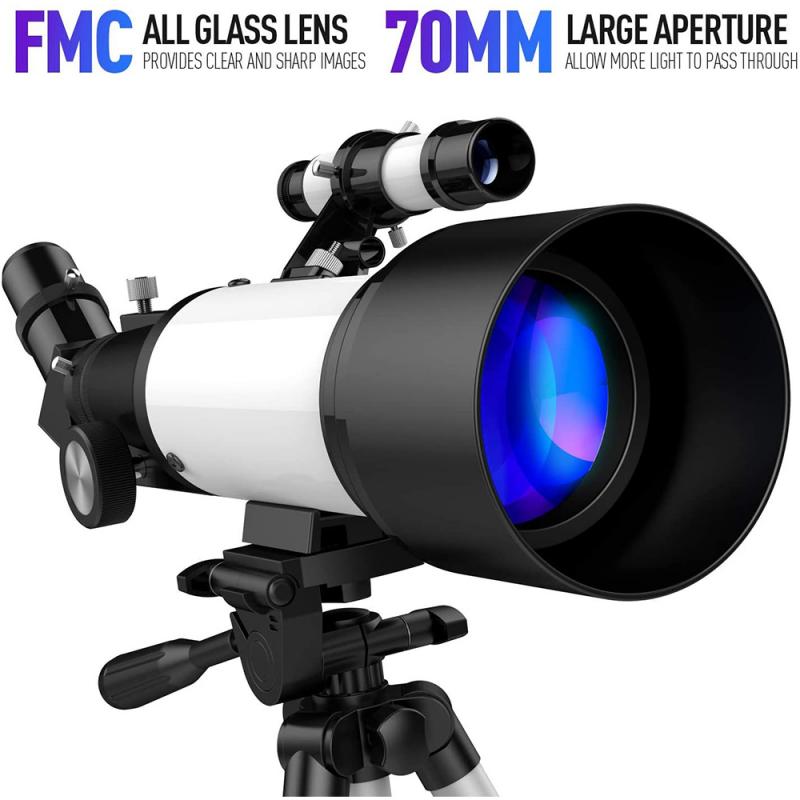
What telescope can see galaxies? A telescope with a mount type and stability that allows for precise tracking and long exposure times is necessary to observe galaxies. The most common mount types for telescopes are equatorial and alt-azimuth. Equatorial mounts are preferred for astrophotography because they can track the motion of the stars and galaxies as they move across the sky. Alt-azimuth mounts are simpler and easier to use, but they require constant adjustment to keep the object in view.
In terms of stability, a telescope with a sturdy mount and tripod is essential for observing galaxies. Any vibrations or movement can cause blurring and distortion in the image. Telescopes with larger apertures also provide better resolution and allow for more light to be gathered, making it easier to observe faint galaxies.
Recent advancements in telescope technology have made it possible to observe galaxies in greater detail than ever before. The Hubble Space Telescope, for example, has captured stunning images of galaxies billions of light-years away. Ground-based telescopes equipped with adaptive optics can also correct for atmospheric distortion, allowing for clearer images of galaxies.
In summary, a telescope with a stable mount and tripod, precise tracking capabilities, and a large aperture is necessary to observe galaxies. Advancements in technology have made it possible to observe galaxies in greater detail, both from space and from the ground.






